Simplifying The Anatomy of the Upper Limb: The Wrist Joint

Our human body is a marvel of engineering, and the wrist joint is a prime example of this. Acting as a bridge between the forearm and the hand, the wrist is a complex structure that allows us to perform a myriad of tasks with precision and grace.
At the heart of the wrist lies the radiocarpal joint, a synovial joint that brings together the radius bone of the forearm and the carpal bones of the hand. This joint is unique in its construction, featuring a condyloid-type design that enables movement in two planes, allowing for flexion, extension, as well as side-to-side motion.
The wrist is not just about bones; it's a symphony of ligaments, tendons, and muscles that work in harmony. Ligaments like the palmar radiocarpal and dorsal radiocarpal ensure stability, while the muscles originating from the forearm orchestrate the wrist's movements¹.
Whether it's typing on a keyboard, playing a musical instrument, or simply waving hello, the wrist joint plays a pivotal role in our daily activities. Its anatomy may be complex, but its purpose is simple: to give our hands the freedom to move and thus, the power to interact with the world around us.
In this article, we will delve into the intricacies of the wrist joint, exploring its structure, function, and the vital role it plays in our everyday lives.
The Skeletal Framework
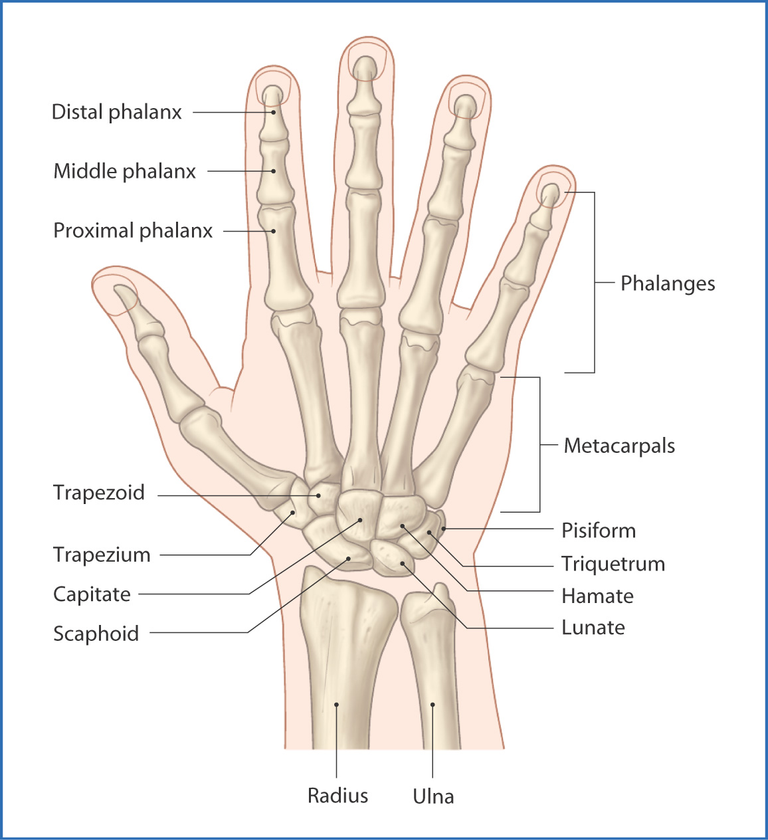
The wrist joint is a marvel of skeletal architecture, providing the necessary support for the intricate movements of the hand. It consists of several small bones, each playing a vital role in the joint's function.
The Carpal Bones
At the core of the wrist are the carpal bones, a group of eight small bones that form two rows between the forearm and the hand. These bones are the scaphoid, lunate, triquetrum, pisiform, trapezium, trapezoid, capitate, and hamate. They are arranged in a way that allows for the wrist's flexibility and strength, enabling it to support various hand movements and withstand the forces exerted during activities like lifting or throwing.
Radiocarpal Joint
The primary joint within the wrist is the radiocarpal joint, where the radius bone of the forearm meets the first row of carpal bones. This joint is classified as a synovial joint, specifically an ellipsoid joint, which permits flexion, extension, abduction, and adduction movements.
Ulnocarpal Complex
While the ulna does not directly participate in the main wrist joint, it contributes to the wrist's stability through the triangular fibrocartilage complex (TFCC). The TFCC is a cartilage structure that cushions the ulna and the carpal bones, allowing for smooth movements and absorbing the impact during load-bearing activities.
Joint Capsule and Synovial Fluid
Encasing the wrist joint is the joint capsule, lined with a synovial membrane that secretes synovial fluid. This fluid lubricates the joint, reducing friction and wear between the bones during movement.
The design of the wrist joint is a testament to the complexity and adaptability of the human body. It allows us to perform a wide range of actions, from the power needed to swing a hammer to the precision required to thread a needle.
Ligaments and Tendons: The Supporting Cast of the Wrist Joint
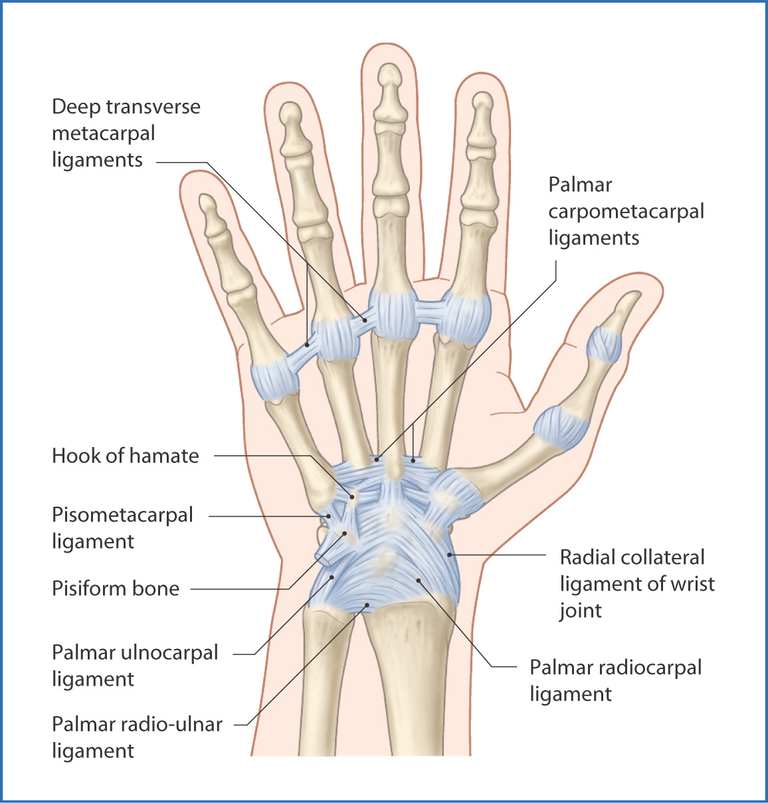
The wrist is supported by a network of ligaments and tendons that provide stability and facilitate movement. These structures are the unsung heroes that allow the wrist to move smoothly and respond to the demands of daily life.
Ligaments are tough bands of connective tissue that connect bones to other bones. In the wrist, they play a crucial role in maintaining the alignment of the carpal bones and controlling the range of motion. The palmar radiocarpal ligaments and dorsal radiocarpal ligaments are particularly important, as they support the palmar and dorsal sides of the wrist, respectively.
The ulnar collateral ligament and radial collateral ligament also contribute to the wrist's stability, preventing excessive side-to-side movement. Meanwhile, the triangular fibrocartilage complex (TFCC) acts as a cushion and stabilizer between the end of the ulna and the carpus.
Tendons, on the other hand, are the connective tissues that attach muscle to bone, enabling the muscles to exert force and produce movement. The tendons of the wrist originate from muscles in the forearm and extend into the hand. They run through tunnels formed by ligaments, ensuring that they stay close to the bones and work efficiently.
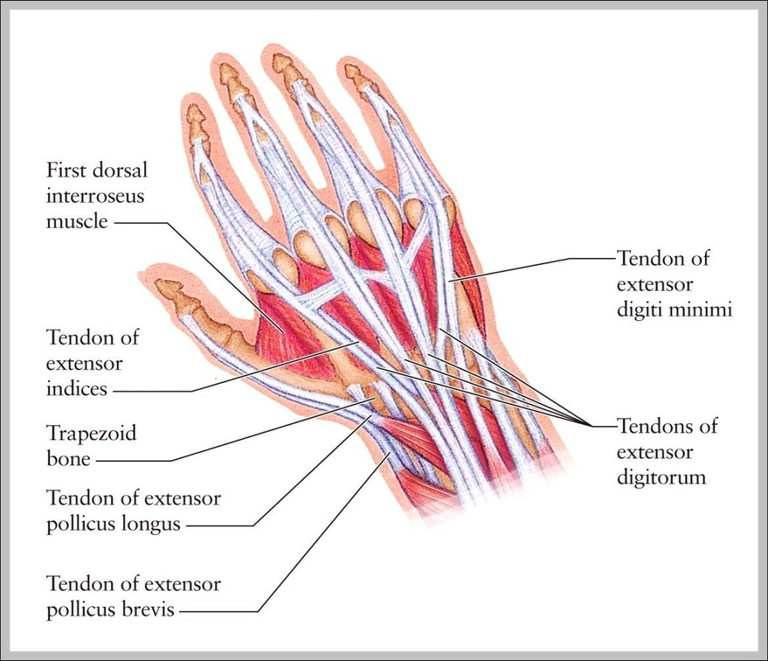
The main tendons include the flexor tendons, which allow you to curl your fingers and wrist, and the extensor tendons, which enable you to straighten them. These tendons are held in place by the flexor retinaculum and extensor retinaculum, bands of tissue that form protective tunnels for the tendons to pass through.
Together, the ligaments and tendons of the wrist create a dynamic and flexible structure that can withstand the stresses of lifting, gripping, and twisting. Without them, the simple act of holding a cup of coffee or typing an email would be impossible.
Muscles of the Wrist: Movement
The wrist's ability to perform such a wide range of movements is largely due to the muscles that attach to it. These muscles, primarily located in the forearm, pull on the wrist's tendons to create movement.
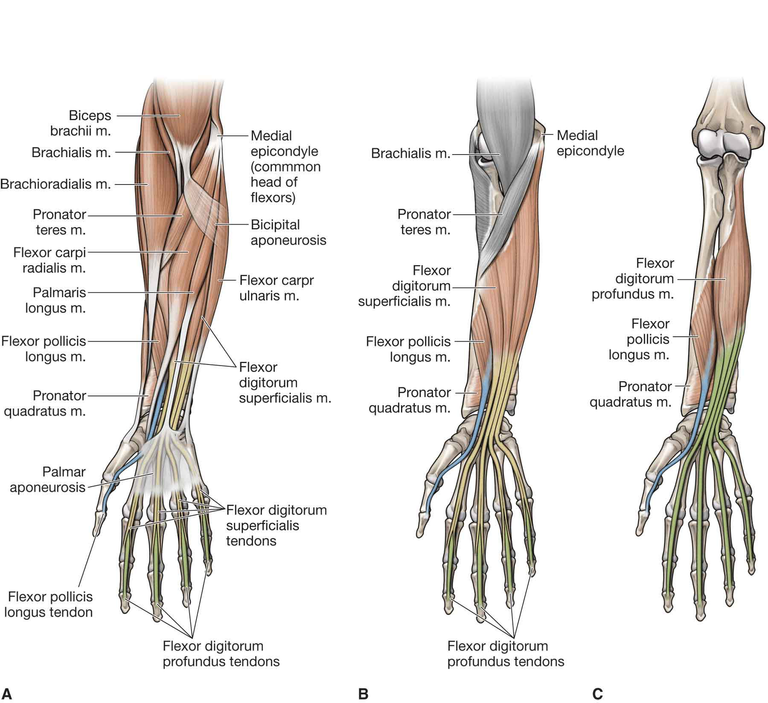
Flexion and Extension
The dance of the wrist in bending and straightening is choreographed by several key players. The flexor carpi radialis and flexor carpi ulnaris lead the movement of flexion, pulling the hand forward towards the palm. On the flip side, extension is driven by the extensor carpi radialis longus and extensor carpi ulnaris, lifting the hand up and back.
Adduction and Abduction
When it comes to side-to-side motion, the wrist relies on adduction and abduction. Adduction brings the hand closer to the body's midline, a movement supported by the flexor carpi ulnaris and extensor carpi ulnaris. Abduction, moving the hand away from the midline, is facilitated by the flexor carpi radialis and the extensor carpi radialis muscles.
Fine Motor Skills
Beyond these larger movements, the wrist also plays a crucial role in fine motor skills. This is where the smaller muscles come into play, such as the thenar and hypothenar muscles, which control the intricate motions of the thumb and little finger, respectively.
The orchestration of these muscles allows for the precise control needed for delicate tasks like writing, sewing, or playing an instrument. It's a testament to the intricate design of the human body that such robust movements and delicate manipulations can originate from the same anatomical structures.
Blood Supply and Innervation of the Wrist Joint
The wrist joint, a complex and vital structure, is nourished and controlled by an intricate network of blood vessels and nerves. Understanding this neurovascular framework is essential for comprehending the wrist's functionality and its capacity for healing and sensation.
Blood Supply
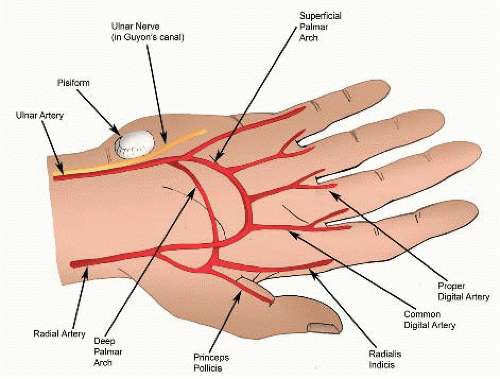
The lifeblood of the wrist joint flows from the dorsal and palmar carpal arches. These arches are formed by branches of the ulnar and radial arteries, which are major blood vessels of the forearm that extend into the hand. The blood supply ensures that the wrist's tissues receive the necessary oxygen and nutrients to maintain health and facilitate repair processes.
Innervation
The wrist's innervation is equally complex, involving several nerves that provide the sensory and motor functions required for movement and sensation. The primary nerves involved include:
- The median nerve, particularly through its anterior interosseous branch, supplies the wrist joint and contributes to the sensations and muscle movements of the thumb and fingers.
- The radial nerve and its posterior interosseous branch play a role in the extension of the wrist and fingers, as well as in providing sensation to the back of the hand.
- The ulnar nerve, with its deep and dorsal branches, is responsible for the intricate movements of the wrist and fingers, and it also provides sensation to the little finger and part of the ring finger.
This neurovascular network not only enables the wrist to perform a wide range of movements but also allows it to convey sensory information, such as touch, temperature, and pain, back to the brain. It's a testament to the body's complexity and the wrist's role as a critical juncture in our anatomy.
Common Wrist Injuries and Prevention
The wrist, while robust in its functions, is also susceptible to a variety of injuries. Understanding these common ailments and how to prevent them is key to maintaining wrist health.
Sprains and Fractures
Wrist sprains occur when the ligaments that support the wrist stretch beyond their limits or tear. These injuries often result from falls or sudden twists. Similarly, fractures can happen when the bones of the wrist break due to a strong impact or fall.
Repetitive Stress Injuries
Conditions like carpal tunnel syndrome and de Quervain's tendinosis are often the result of repetitive motions that put strain on the wrist over time. Carpal tunnel syndrome arises from pressure on the median nerve, leading to numbness and tingling, while de Quervain's tendinosis is characterized by pain and swelling around the base of the thumb.
Preventive Measures
While it's impossible to prevent unforeseen events that cause wrist injuries, certain practices can help mitigate risks:
- Build Bone Strength: Consuming adequate amounts of calcium and vitamin D can help prevent fractures.
- Use Protective Gear: Wearing wrist guards during sports can reduce the risk of injuries.
- Ergonomics: Paying attention to wrist position and using ergonomic tools can prevent repetitive stress injuries.
- Stretching and Breaks: Regular stretching and taking breaks during activities that involve the wrist can help maintain flexibility and reduce strain.
By being mindful of these preventive strategies, we can protect our wrists from common injuries and ensure their continued functionality for all the tasks at hand.
References
(1) Wrist pain - Symptoms and causes - Mayo Clinic. https://www.mayoclinic.org/diseases-conditions/wrist-pain/symptoms-causes/syc-20366213.
(2) Common Wrist Injuries: Causes, Symptoms, Treatments | HSS. https://www.hss.edu/conditions_common-conditions-wrist-powerful-vulnerable-joint.asp.
(3) Wrist Injuries | Wrist Disorders | MedlinePlus. https://medlineplus.gov/wristinjuriesanddisorders.html.
(4) Common Hand & Wrist Injuries - The Institute for Athletic Medicine. https://instituteforathleticmedicine.com/specialties/hand-and-wrist/common-hand-and-wrist-injuries/.
(5) The Wrist Joint - TeachMeAnatomy. https://teachmeanatomy.info/upper-limb/joints/wrist-joint/.
(6) Radiocarpal (wrist) joint: Bones, ligaments, movements | Kenhub. https://www.kenhub.com/en/library/anatomy/the-wrist-joint.
(7) 8.4B: Nerve and Blood Supply - Medicine LibreTexts. https://med.libretexts.org/Bookshelves/Anatomy_and_Physiology/Anatomy_and_Physiology_%28Boundless%29/8%3A_Joints/8.4%3A_Synovial_Joints/8.4B%3A_Nerve_and_Blood_Supply.
(8) Wrist | Radiology Reference Article | Radiopaedia.org. https://radiopaedia.org/articles/wrist.
(9) Muscles of the Anterior Forearm - Flexion - TeachMeAnatomy. https://teachmeanatomy.info/upper-limb/muscles/anterior-forearm/.
(10) The Wrist Joint - TeachMeAnatomy. https://teachmeanatomy.info/upper-limb/joints/wrist-joint/.
(11) What is the Wrist Joint? - Brisbane Physiotherapy. https://www.brisbanephysiotherapy.com/news/wrist-joint-explained.
(12) Anatomy of the Hand and Wrist: Bones, Muscles, Tendons, Nerves. https://www.healthpages.org/anatomy-function/anatomy-hand-wrist/.
(13) Radiocarpal (wrist) joint: Bones, ligaments, movements | Kenhub. https://www.kenhub.com/en/library/anatomy/the-wrist-joint.
(14) Wrist Bones: Anatomy, Function, and Injuries - Healthline. https://www.healthline.com/health/wrist-bones.
(15) Wrist Joint - Anatomy, Structure, Movement, Function, Muscles. https://mobilephysiotherapyclinic.in/wrist-joint/.
(16) The Wrist Joint - TeachMeAnatomy. https://teachmeanatomy.info/upper-limb/joints/wrist-joint/.
(17) Radiocarpal (wrist) joint: Bones, ligaments, movements | Kenhub. https://www.kenhub.com/en/library/anatomy/the-wrist-joint.
(18) Wrist Joint | Anatomy, Bones, Carpal Tunnel | Geeky Medics. https://geekymedics.com/wrist-joint/.


Thanks for your contribution to the STEMsocial community. Feel free to join us on discord to get to know the rest of us!
Please consider delegating to the @stemsocial account (85% of the curation rewards are returned).
You may also include @stemsocial as a beneficiary of the rewards of this post to get a stronger support.